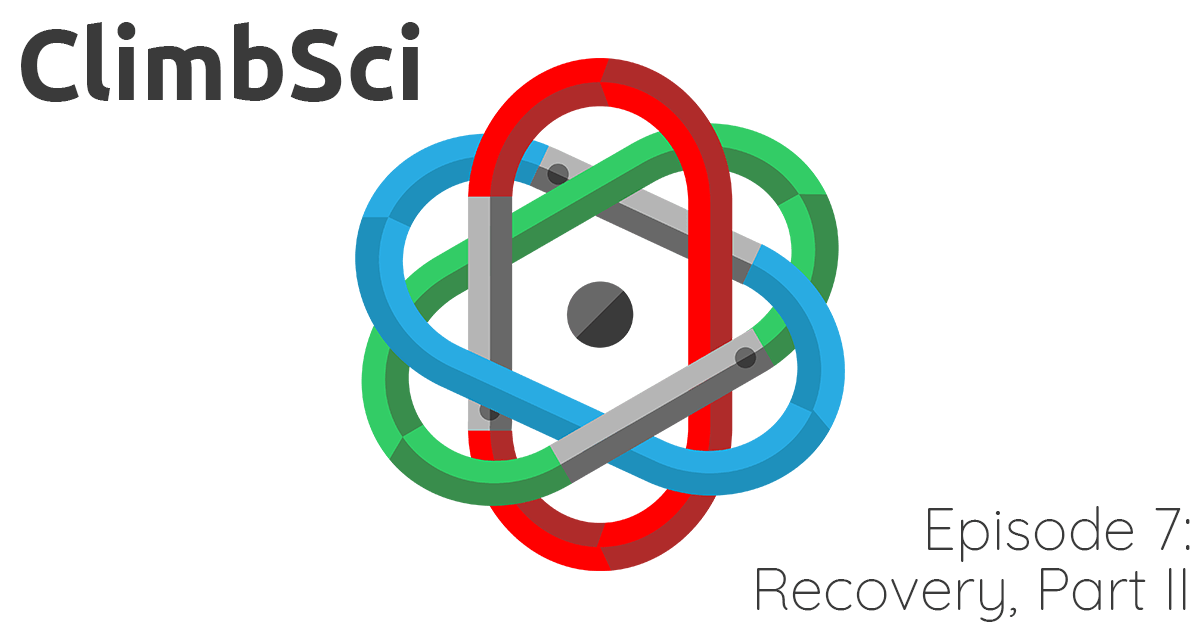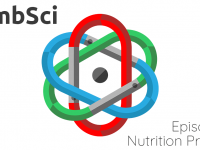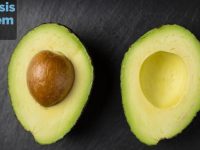The follow-up to ClimbSci Episode 6: Recovery, Part I has been released—here to answer your burning questions about how to improve recovery (or recover well in general after climbing) is ClimbSci Episode 7: Recovery, Part II! Tom and I give more practical guidelines on what you should (and should not) be doing while recovering, how much time it might take, and what type of extra-nutritional factors (like cold immersion therapy or active recovery) might help.
Have a question about something we did (or did not) address? Leave it here! We’d love to answer it in our next episode! Also, if you like our podcast, please don’t forget to subscribe via the platform of your choice and please leave a review!
Here are the links to this month’s episode:
YouTube
https://www.youtube.com/watch?v=owMZaKDvlvc















Excellent podcast, I really appreciate all the information you shared. I’m curious to hear if you come out with more content on breathing. I’ve been practicing intermittent hyper followed by hypoxia breathing for recovery between climbs, and for better blood flow to my fingers before and after sleep. I’ve been following more or less the practice that Wim Hof has developed, but brought in my own touch of finger glides to increase blood flow. I’ve also been doing an ice bath before sleep which I’ve found super helpful to sleep and preventing muscle soreness the following day. And I feel like the way y’all described the physiological response to cold water therapy didn’t align with what I’ve researched. I believe the cold water therapy with the proper breathing technique increases blood flow and could be a really great recovery technique. And I think professional athletes in other sports are doing ice baths because it IS effective. Have y’all looked into the science behind effective ice bath therapy?
Thanks,
I’ve looked into it a bit personally but don’t think I’ve published anything on it on this site. The problem is that the cold is very superficial and it takes a long time before it sinks more than a few millimeters into our muscles; most people won’t wait long enough for the benefit to be realized (if there is one). Psychologically, there may be a placebo effect to ice baths, so there’s that. As for why professionals do it, I can only say that professionals do many things they believe are effective that aren’t supported by science and that any practice done by a professional shouldn’t be assumed to be effective merely because a person at the top of their game says it is!